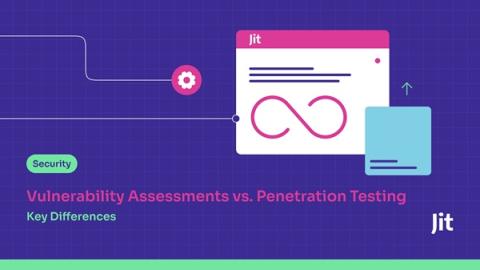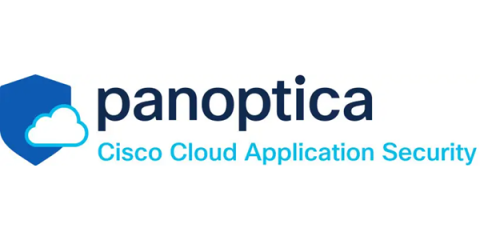Vulnerability Assessments vs. Penetration Testing: Key Differences
In the race for technological innovation, companies often sprint toward product launches but find themselves in a marathon when fixing vulnerabilities. This dichotomy poses a significant challenge, especially with the ever-increasing security loopholes. CISA recommends addressing critical issues in less than 15 days, but it may be wishful thinking. IT teams are inundated with an ever-increasing volume of security alerts, making it challenging to prioritize and address each one effectively.











